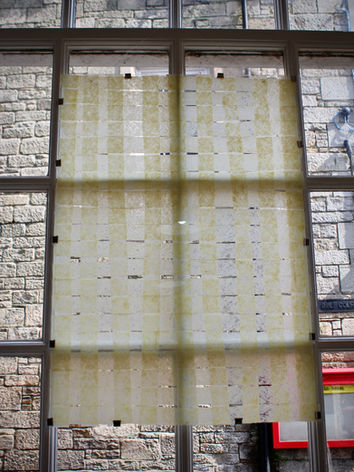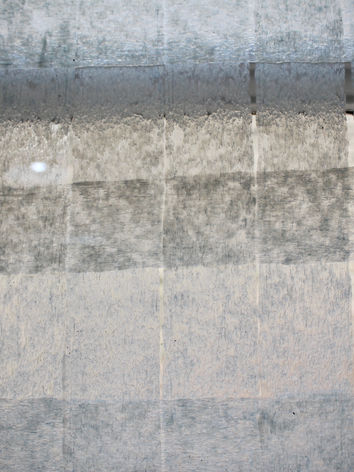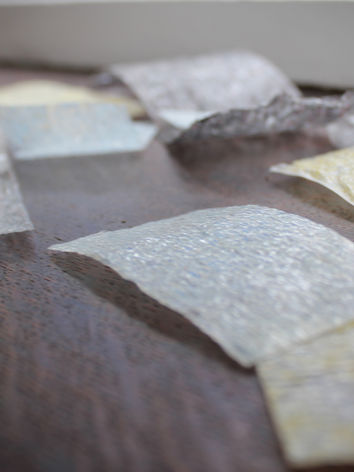
Drs Samantha Vettesse, Xingyu Tao & Constantia Anastsiadou
Sam Vettesse, Xingyu Tao and Constantia Anastasiadou are academics at Edinburgh Napier University, each making a significant impact in their fields through sustainable practices and innovation.
Dr Samantha Vettese is an educator and researcher with over 20 years in academia She specialises in the use of sustainable, indigenous, and recycled materials. Her research focuses on applying artisanal thinking to enterprise and innovation, with an emphasis on process-driven change. She has worked with numerous companies and institutions, driving collaboration and breakthrough ideas in the realms of art, design, and fashion.
Dr Xingyu Tao is a designer, maker, and educator, dedicated to repurposing waste materials such as marine plastics and bioplastics to create new artefacts and raise awareness around environmental issues. Her doctoral research focused on recycling Scottish ocean plastics, and she has since led participatory workshops and collaborated with industrial partners, local schools, and international organisations. Her work has been featured at several international conferences, highlighting her commitment to sustainability and citizen responsibility.
Professor Constantia Anastasiadou is a leading authority on EU tourism policy. She has published extensively on the impact of regional trading organisations on international tourism development. Her research interests include tourism governance, cultural heritage practices, and technological mediation in tourism. She has contributed to high-profile academic journals and practitioner publications, shaping the discourse on tourism practices and identity within the EU context.
Together, their diverse expertise and accomplishments showcase a shared commitment to sustainability, cultural heritage, and innovation.
The Team's Piece for Forgotten Fleece Tales
This artwork is the result of an interdisciplinary project at Edinburgh Napier University, blending the expertise of the Schools of Design and Advanced Materials. Originally funded by the Textiles Future Forum in collaboration with four Scottish textile companies, the project uses 'waste' textiles such as wool, cashmere, and leather to create a composite material that can be 3D printed.
The wool and cashmere, primarily selvedge waste from looms and knitting machines, are combined with biopolymers to form a sustainable material that harkens back to the 19th-century 'shoddy' production process but with a contemporary twist. Through this innovative method, the project not only highlights the authenticity and heritage of Scottish textiles but also reflects the transformative potential of digital craft and material science.
For the exhibition, the team is experimenting with locally sourced waste fleece to create multiple laser-cut ribbons of composite material, showcasing the colour differentials with laser-cut lettering. The work will give visitors a glimpse of the future of sustainable textiles, based in Scotland's rich history of wool production.




